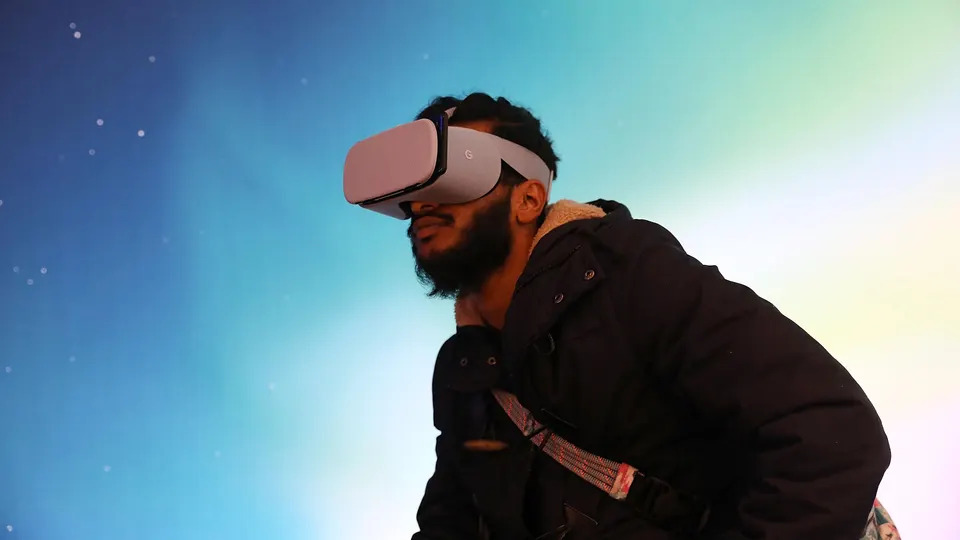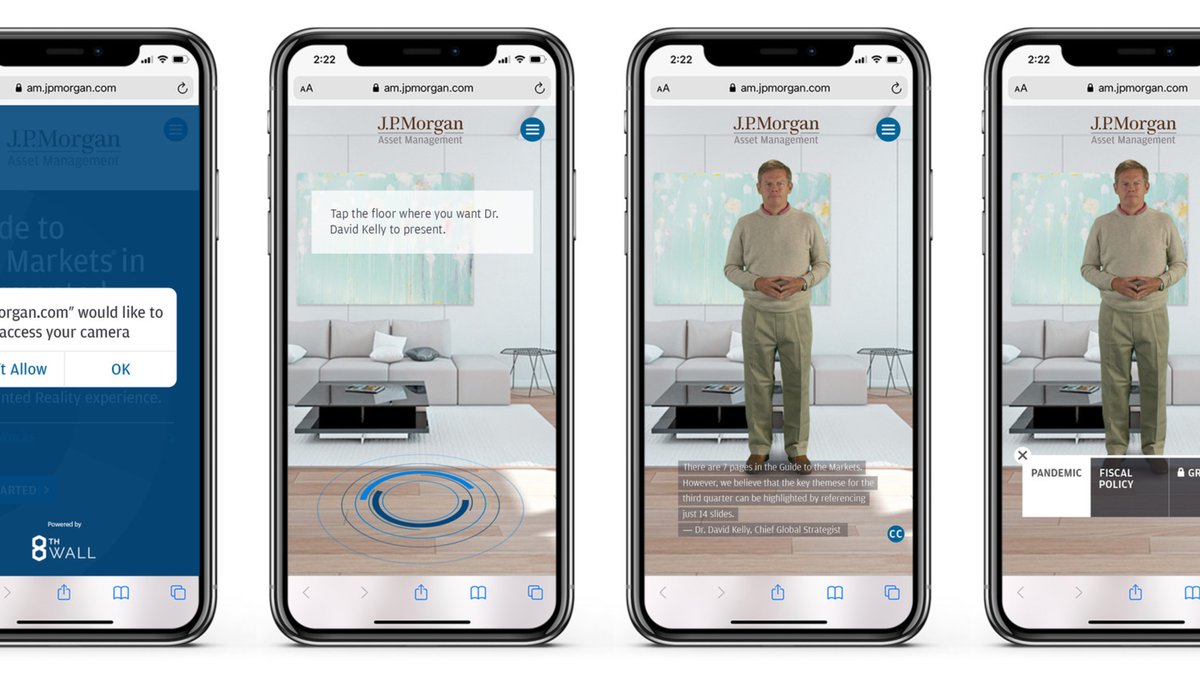Here’s a rundown on the differences between virtual reality and augmented reality and the popular uses of each.
Meta CEO Mark Zuckerberg unveiled Meta Quest 3 on Thursday, the company’s next virtual reality headset that promises higher quality resolution and displays, days before Apple is expected to announce their VR headset.
The global market size for augmented reality (AR) and virtual reality (VR) is expected to reach $297 billion by 2024, roughly ten times the $30.7 billion market size in 2021, Statistica predicts.
Between 2021 and 2028, the VR compound annual growth rate is expected to rise by 28% each year, with oil, gas and manufacturing industries being the main drivers according to a Grand View Research report.
In 2022, 14.94 million AR and VR devices were shipped out, a 54.9% increase from 2021’s 9.69 million, according to the International Data Corporation.
What Is Augmented Reality?
Augmented reality is designed to superimpose digital elements onto the real world. It uses sensors to understand the world around it. With a combination of GPS, gyroscopes (a device that tells when a moving object switches directions) and accelerometers (a sensor typically in phones that measures the acceleration of the device), AR apps can figure out where a user is and what direction they’re facing. One of the most popular examples of AR is the Pokemon Go phone app, which allows players to locate and collect Pokemon characters that pop up in the real world, like in the park, in the living room or on the sidewalk. TikTok even got in on the action when the company released its AR filters via their software called Effect House. This software allows creators to make filters that immerse users into worlds like a European art museum, or even walk around with the popular “Shrek in the Sky” filter. There are other popular uses of AR in everyday life, like furniture companies like Ikea allowing customers to superimpose furniture into their homes to decide if they like how it looks, neurosurgeons using an AR scan of of a brain to guide them through surgery and broadcasters during football games using AR to draw lines on the field to analyze plays.
Types Of Augmented Reality
According to Microsoft, there are two types of AR:
- Maker-based AR is triggered by physical photos or markers captured by smartphone cameras to place the digital components on top of it. These markers can represent an object or visual component, like a logo, or a QR code.
- Marker-less AR is more complex anddoesn’t rely on markers and instead allows users to decide where to display the content. The devices use a recognition algorithm to look for patterns, colors and similar features to determine what an object is. Then, the devices will rely on GPS, accelerometers, cameras and compasses to superimpose an image within the real-world surroundings.
What Is Virtual Reality?
Unlike AR, virtual reality is an immersive experience that isolates users from the real world, usually with the help of a headset and headphones to help. All five senses are also able to be incorporated. Instead of incorporating things into the real world, it replaces the real world and places users in completely new worlds. The technology allows users to use computer automation for a three-dimensional experience. VR combines hardware, like headsets, controllers and treadmills and software, like game engines, content management and training simulators to create the full experience. The two main features of VR are immersion, which works by canceling out the physical world and fully placing users in the virtual world, and interaction which elevates the immersion experience by allowing users to control elements. Several fields have incorporated VR, like retail, which allows users to try on clothes, accessories or even a new haircut. VR in this industry is expected to grow by around $18 billion by 2028. The automotive industry also uses VR, with companies like Mercedes-Benz, Audi and Tesla using the technology to build virtual showrooms. The global automotive VR industry is predicted to grow to $54 billion by 2026.
Types Of Virtual Reality
According to Atria University, there are three types of VR:
- Non-immersive VR is one of the most common forms and relies on a video game console or computer to build an environment. It features a computer-generated virtual environment where users are simultaneously aware of and control their physical environment. It’s designed to allow users to impact a computer-generated environment where users can control activities without direct interaction. A popular example of non-immersive VR is video games where users can control a character without direct interaction.
- Semi-immersive VR provides an experience partially based in a virtual environment. It allows a virtual tour without connecting to the physical surroundings. Using VR glasses, users can experience a virtual environment without physical interaction. This means users can be in a virtual world without any physical sensation. The technology depends on powerful and high-resolution sensors to convey realism. Some popular examples of semi-immersive VR are educational and training materials, like flight simulators for pilots in training that use large projector systems and graphical computing.
- Fully-immersive VR is the most realistic simulation experience, incorporating sound, sight and sometimes olfactory sensations. It stimulates as many senses as possible to create a true-to-life experience. This type of VR is completely confined away from the physical surroundings. In fully-immersive VR, the user physically presents in the virtual world and experiences events like they were first-hand. This is made possible by using equipment like body detectors, VR headsets, gloves, smelling devices and sense detectors. A common use of this type of VR is in a virtual gaming zone, which involves players interacting with the virtual environment to compete against each other.
Quelle:
Foto: A man experiences Google’s Daydream View VR headset.Getty Images




